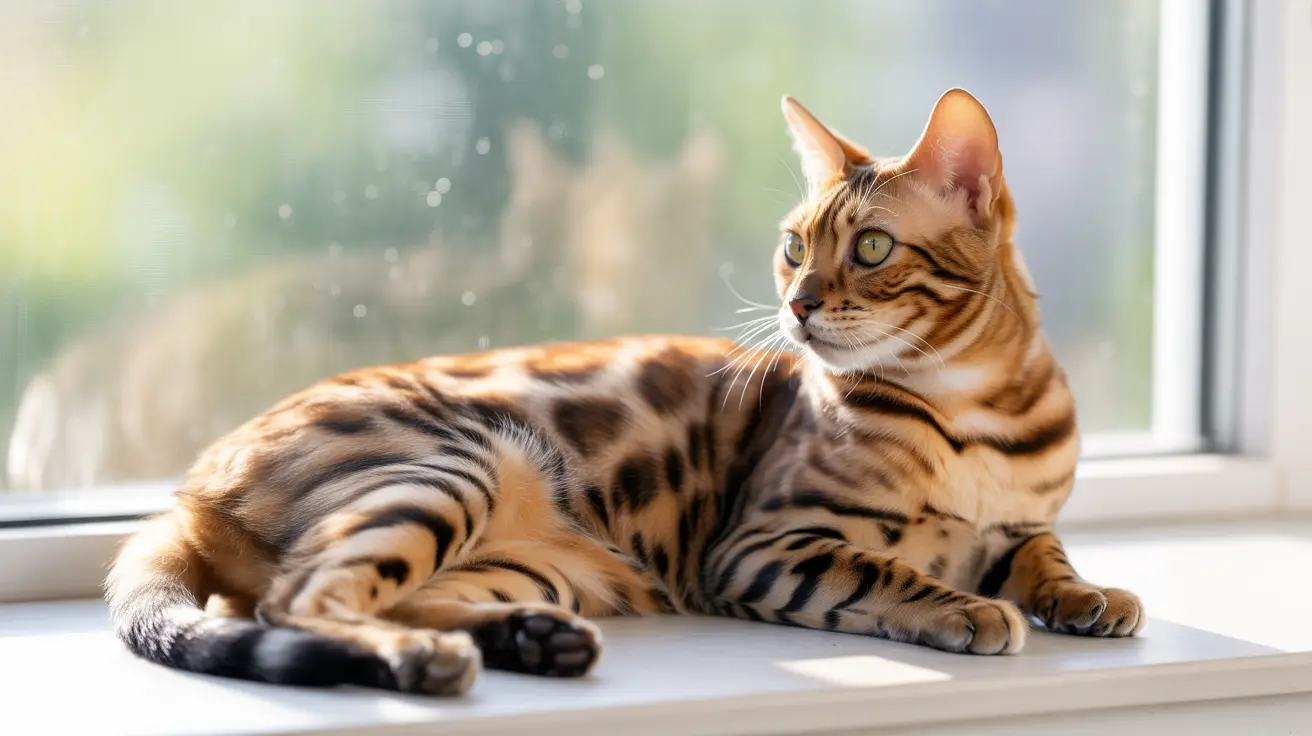Introduction
If you've noticed your cat bobbing their head, you might be wondering whether this behavior is normal or a sign of an underlying health issue. Cat head bobbing can range from harmless momentary movements to symptoms of serious medical conditions. Understanding the various causes and knowing when to seek veterinary care is crucial for your feline friend's well-being.
In this comprehensive guide, we'll explore the different reasons behind cat head bobbing, help you identify warning signs, and provide expert guidance on when to seek professional help.
Common Causes of Cat Head Bobbing
Normal Behavioral Causes
Some instances of head bobbing are perfectly normal cat behaviors. These include:
- Drowsiness or nodding off to sleep
- Head movements during grooming sessions
- Tracking moving objects or prey
- Expressing excitement or anticipation
Medical Conditions
More concerning causes of head bobbing often stem from various health issues:
Ear-Related Problems
Ear infections, mites, or excessive wax buildup can cause balance issues and discomfort, leading to head bobbing. These conditions are particularly common in kittens and senior cats with weaker immune systems.
Neurological Issues
Problems affecting the brain, especially the cerebellum, can result in head bobbing accompanied by other coordination issues. These may include:
- Brain inflammation
- Tumors or lesions
- Trauma
- Inherited conditions
Signs That Require Veterinary Attention
While occasional head bobbing might be normal, certain symptoms warrant immediate medical attention:
- Persistent or worsening head bobbing
- Loss of balance or coordination
- Changes in appetite or behavior
- Accompanying symptoms like vomiting or lethargy
- Visible discomfort or distress
Diagnosis and Treatment Options
When evaluating cat head bobbing, veterinarians typically follow a comprehensive approach:
Diagnostic Process
- Physical examination
- Neurological assessment
- Blood work and laboratory testing
- Imaging studies (X-rays, MRI) when necessary
Treatment Approaches
Treatment varies based on the underlying cause:
- Antibiotics or antifungals for infections
- Ear cleaning and medication for ear-related issues
- Management of systemic diseases
- Surgery in cases of tumors
- Supportive care and pain management
Prevention and Regular Care
While not all causes of head bobbing are preventable, regular care can help reduce risks:
- Schedule routine veterinary check-ups
- Maintain regular ear cleaning
- Ensure proper nutrition
- Keep vaccinations current
- Protect from head trauma
Frequently Asked Questions
Why do cats bob their heads, and is it normal?
Cat head bobbing can be normal during activities like grooming or when falling asleep. However, persistent or unusual head bobbing often indicates an underlying health issue that requires veterinary attention.
How can I tell if my cat's head bobbing is due to a health issue?
Look for accompanying symptoms like balance problems, changes in behavior, appetite changes, or visible discomfort. Any head bobbing that persists or worsens should be evaluated by a veterinarian.
What are the most common causes of cat head bobbing, and how are they treated?
Common causes include ear infections, neurological issues, and systemic diseases. Treatment depends on the underlying cause, ranging from antibiotics for infections to specialized care for neurological conditions.
How can I prevent or reduce head bobbing in cats through regular care?
Regular veterinary check-ups, proper ear cleaning, maintaining good nutrition, and preventing injuries can help reduce the risk of conditions that cause head bobbing.
What are some signs that my cat's head bobbing requires immediate veterinary attention?
Seek immediate veterinary care if head bobbing is accompanied by loss of balance, changes in behavior, appetite loss, or other concerning symptoms, or if the bobbing is sudden or persistent.
Remember, while some head bobbing might be harmless, it's always better to err on the side of caution and consult your veterinarian when you notice unusual or persistent head movements in your cat. Early intervention often leads to better outcomes and can prevent more serious complications.






